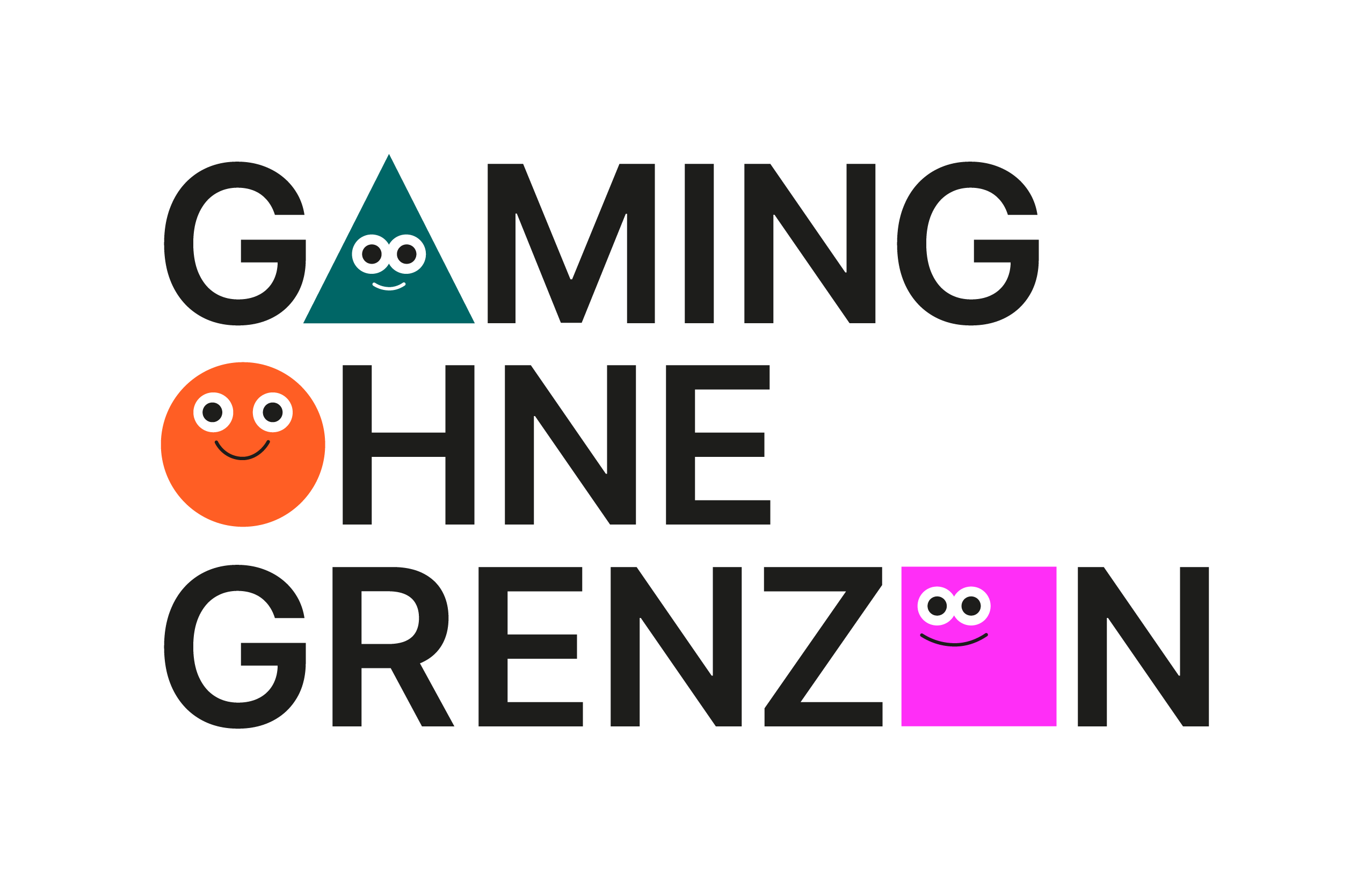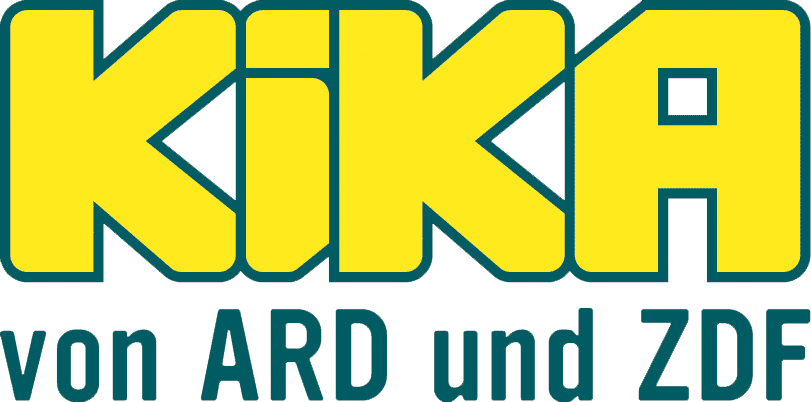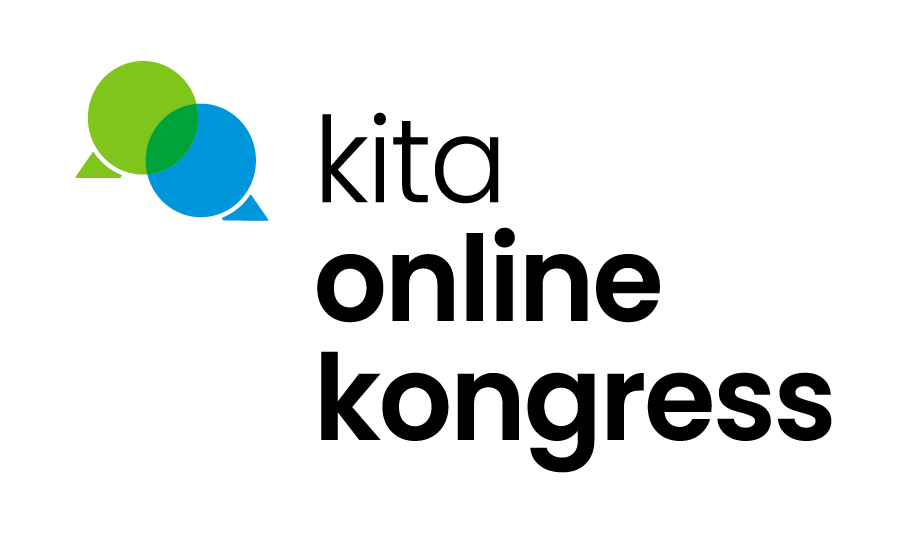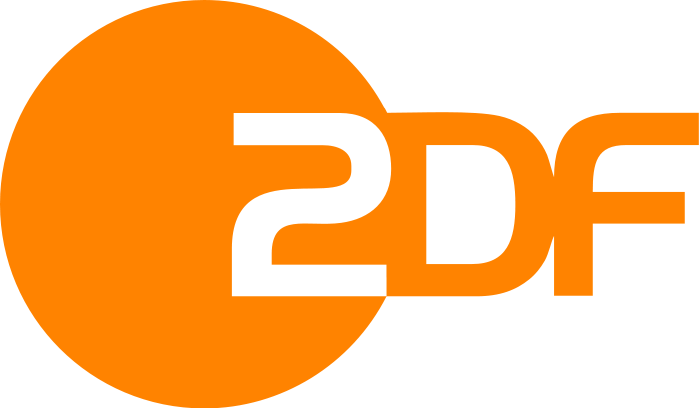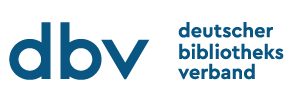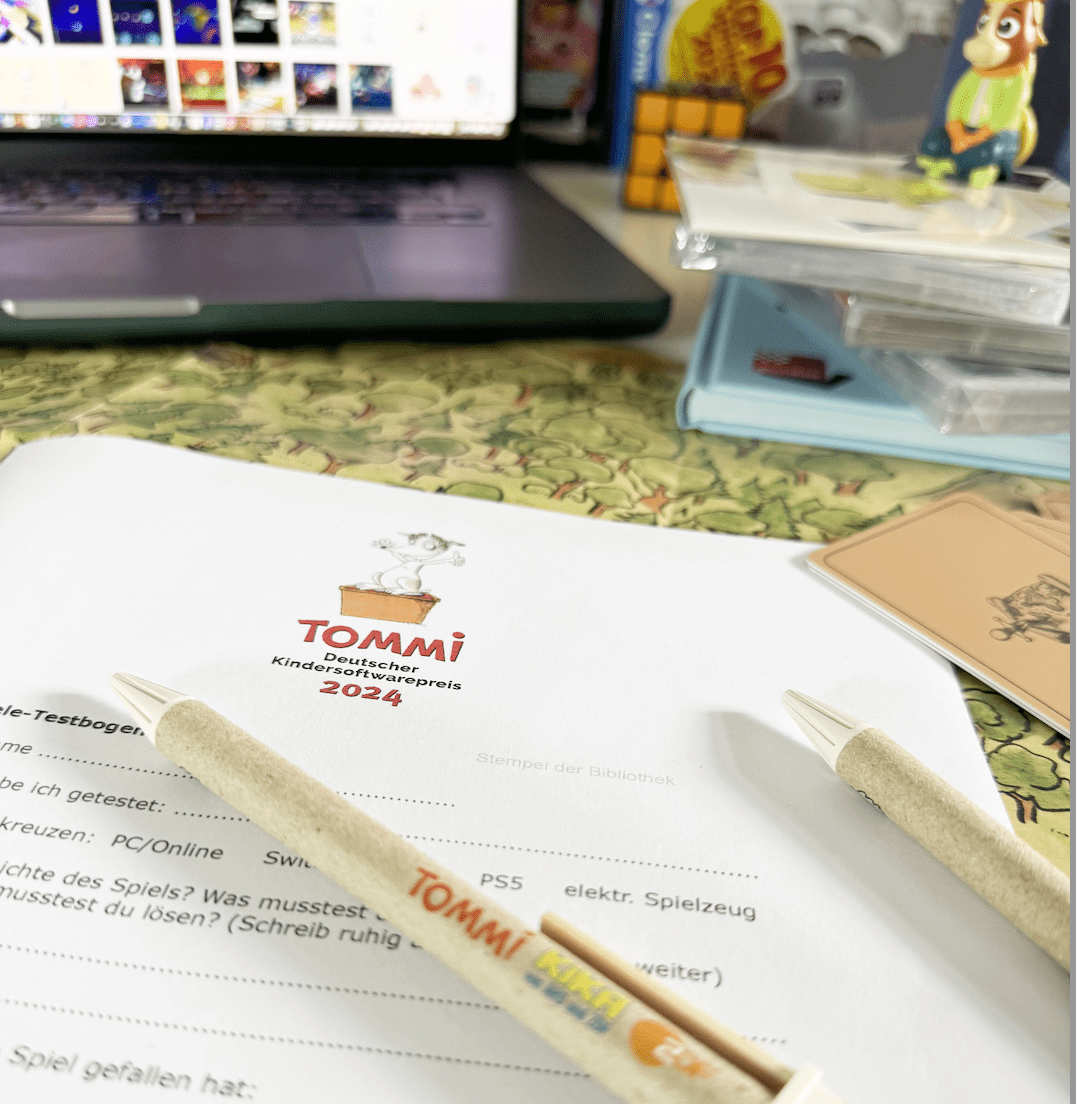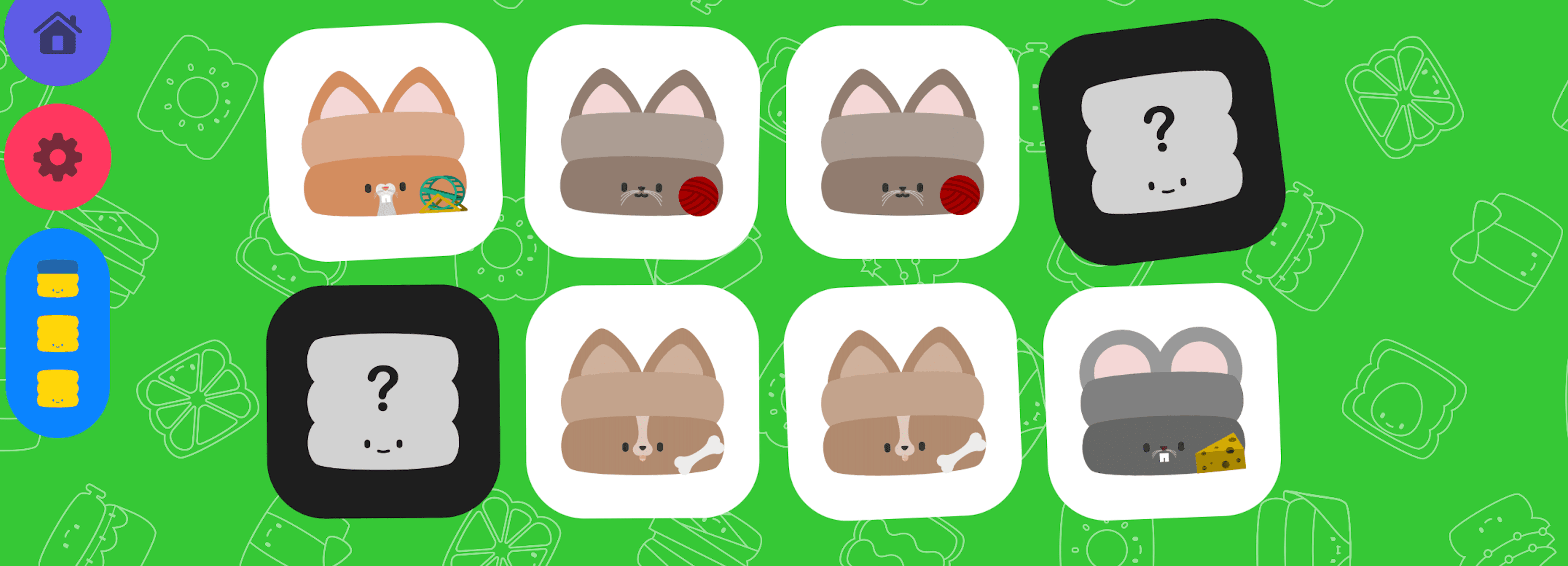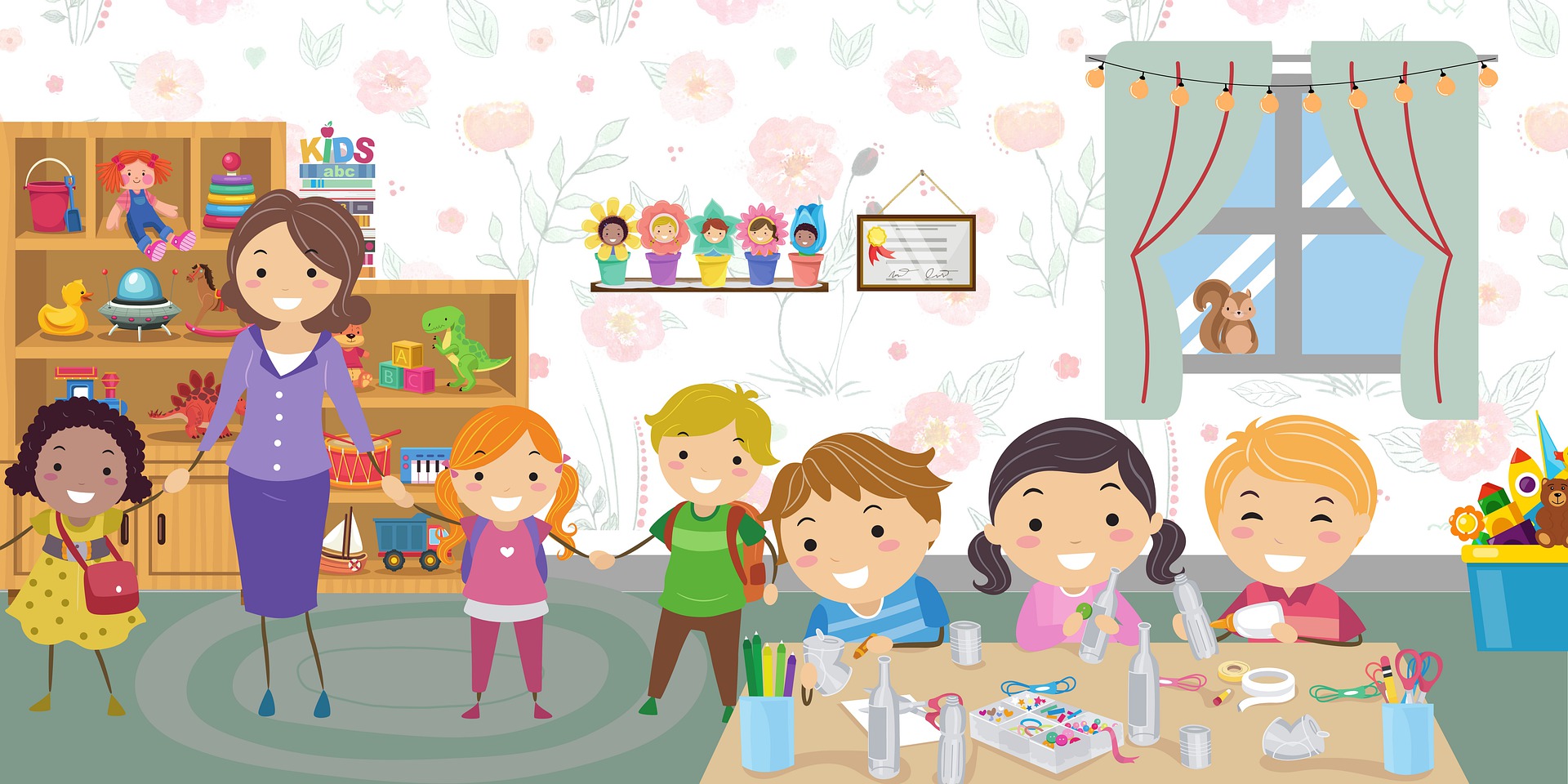Children's Software Award 2024
TOMMI criteria catalog: Added value category
| Subcategory | Criterion | Criterion description | Target group | Software type |
|---|---|---|---|---|
| Target group | Software ties in with the players' lifeworld. | In order to establish a connection to reality, everyday and real topics from the children's lives are taken up and addressed. Reality can also be linked to the software, for example, by using software about the forest to actually go there and explore it. | Children | All applications |
| Target group | Both children and adults are addressed by the software. | For example, a game played not only by children but also by adults can strengthen family cohesion. | Children, parents | All applications |
| Characters | Software includes guiding figures. | Guiding figures convey values to children and provide orientation. | Children | Educational software, entertainment software |
| Collaboration | Software can be played in multiplayer mode online and/or locally. | Playing together can promote social interaction and togetherness. The family can also play together on the console instead of a board game (e.g. Mario Kart). | Children, parents | Entertainment Software |
| Collaboration | Interactions with others are possible. | You can play against each other or with each other and have fun. | Children, parents | All applications |
| Collaboration | Software offers communication possibilities with other players. | Communication opportunities allow children to share game content and learn to interact with each other. | Children, parents, teachers, educators | Educational software, entertainment software |
| Collaboration | Software provides communication opportunities with other students and teachers. | Due to the fact that communication and exchange about the content to be learned is important, exchange and communication between students and, if necessary, teachers should be enabled and encouraged with the help of integrated multi-user functions in the software. | Children, teachers, educators | Educational software |
| Competencies | Software offers the possibility to live out creativity. | For example, you can build your own world, like in Sims, Super Mario Maker or Minecraft. | Children, parents, teachers, educators | All applications |
| Competencies | Several senses are addressed. | It is important not only to see the game, but also to hear and coordinate its movements. | Children | All applications |
| Competencies | Software promotes individual learning. | Due to the fact that every child learns differently, children's learning software should support the individual and have different learning options so that every child is supported as much as possible. This can include, among other things, the setting in different levels of difficulty. | Children, parents, teachers, educators | Educational software |
| Competencies | Software increases media competence and enables personal development. | For most children, children's software offers the first points of contact with the modern digital world and can therefore be a decisive factor for increasing media competence. In addition, various personal skills can be increased, such as social skills or self-awareness. | Children, parents, teachers, educators | All applications |
| Competencies | Software makes things tangible that children cannot experience in real life. | The fact that digital media offer other possibilities of representation means that other approaches to things can be created. For example, it is possible to see the inside of a beehive with VR glasses and watch the hustle and bustle. Historical events can also become more tangible in this way. | Children, parents, teachers, educators | All applications |
| Motivation | Software motivates by having fun with the game. | There is a balance between frustration and motivation, success and defeat. | Children, parents | All applications |
| Motivation | Software is entertaining. | The content is entertaining and you have fun with it. | Children | All applications |
| Learning | Software can be used effectively in the classroom. | Educational software should be usable in the school and or supportive to the school and thus provide added value to the school. | Children, teachers, educators | Educational software |
| Learning | The software supports free and collaborative work. | It should also be possible to work on tasks together using the multi-user functions in the software in order to promote group work. It should also be possible to work on tasks individually. | Children, teachers, educators | Educational software |
| Learning | Tangential learning, or learning through fun, is implemented. | A playful transfer of knowledge about e.g. technology or design takes place. For example, you can create your own sounds or animations. | Children, parents, teachers, educators | All applications |
| Learning | Contents are prepared, deepened, repeated and expanded. | The steps prepare, deepen, repeat and extend are used in school to teach content. Good children's learning software should also have these steps. | Children, teachers, educators | Educational software |
| Learning | The children's software motivates them to engage with learning content. | By imparting knowledge not in a dry way, but in a playful way, this motivates the player to deal with learning content. Knowledge is thus integrated into the game and used as a means to an end in order to achieve progress in the game. Thereby the fun is in the foreground. | Parents, teachers, educators | Educational software |
| Content | Software can convey complex issues in a playful way. | Children are better able to absorb complex issues in a playful way. | Children, parents, teachers, educators | Educational software |
| Content | Software allows to deal with various topics in a playful way. | Through children's software, contexts can be well presented and provide children with insights into different topics. | Children, parents, teachers, educators | All applications |
| Security | Children's software provides the space to discover new things and try things out. | Children's software provides a safe zone without facing headwinds or being criticized. It's okay to make mistakes. | Children | All applications |
| Functions | The software uses interactive functions. | Through the interactivity, the game fun is promoted on the one hand, also offers so the software access that other media such as audio books can not offer. | Children, parents, teachers, educators | All applications |
| Functions | The children's software includes elements where you get physically active. | Not only sight and hearing are addressed in the children's software. The game encourages you to become physically active yourself by imitating the movement. | Children, parents | All applications |
| Subcategory | Criterion | Criterion description | Target group | Software type |




